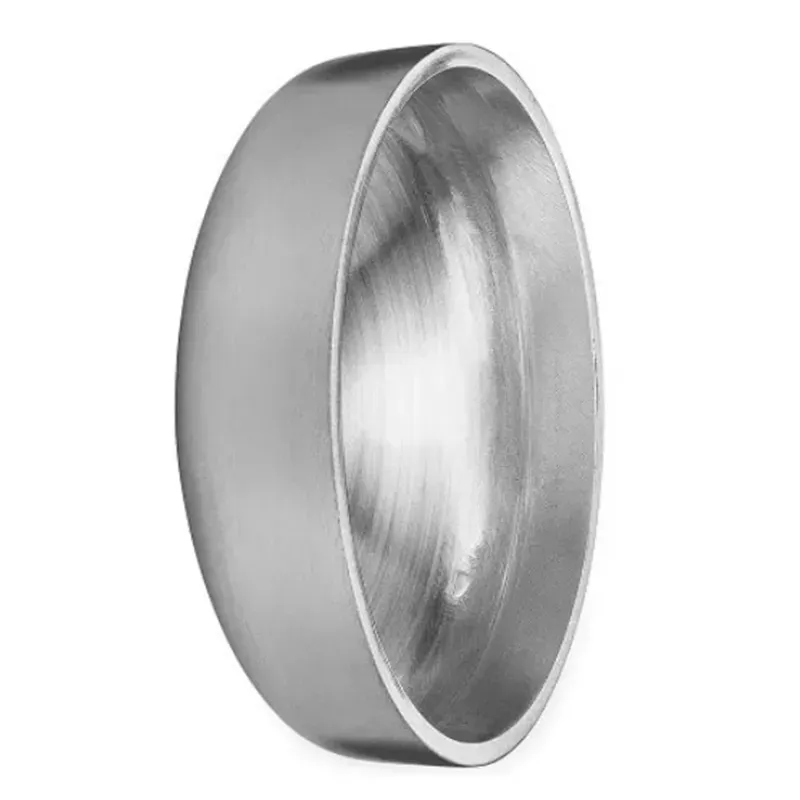-
Cangzhou Yulong Steel Co., Ltd.
-
Phone:
+86 13303177267 -
Email:
admin@ylsteelfittings.com
- English
- Arabic
- Italian
- Spanish
- Portuguese
- German
- kazakh
- Persian
- Greek
- French
- Russian
- Polish
- Thai
- Indonesian
- Vietnamese
- Zulu
- Korean
- Uzbek
- Hindi
- Serbian
- Malay
- Ukrainian
- Gujarati
- Haitian Creole
- hausa
- hawaiian
- Hebrew
- Miao
- Hungarian
- Icelandic
- igbo
- irish
- Japanese
- Javanese
- Kannada
- Khmer
- Rwandese
- Afrikaans
- Albanian
- Amharic
- Armenian
- Azerbaijani
- Basque
- Belarusian
- Bengali
- Bosnian
- Bulgarian
- Catalan
- Cebuano
- China
- China (Taiwan)
- Corsican
- Croatian
- Czech
- Danish
- Esperanto
- Estonian
- Finnish
- Frisian
- Galician
- Georgian
- Kurdish
- Kyrgyz
- Lao
- Latin
- Latvian
- Lithuanian
- Luxembourgish
- Macedonian
- Malgashi
- Malayalam
- Maltese
- Maori
- Marathi
- Mongolian
- Myanmar
- Nepali
- Norwegian
- Norwegian
- Occitan
- Pashto
- Dutch
- Punjabi
- Romanian
- Samoan
- Scottish Gaelic
- Sesotho
- Shona
- Sindhi
- Sinhala
- Slovak
- Slovenian
- Somali
- Sundanese
- Swahili
- Swedish
- Tagalog
- Tajik
- Tamil
- Tatar
- Telugu
- Turkish
- Turkmen
- Urdu
- Uighur
- Welsh
- Bantu
- Yiddish
- Yoruba

Sep . 08, 2024 10:04 Back to list
ANSI Blind Flange - Durable and Reliable Solutions
Understanding ANSI Blind Flanges A Comprehensive Overview
ANSI blind flanges are essential components in various piping systems, serving as critical interface solutions in industrial applications. Designed in accordance with the American National Standards Institute (ANSI) specifications, these blind flanges play a crucial role in ensuring the integrity and efficiency of fluid transfer systems across numerous sectors, including oil and gas, chemical processing, water treatment, and more.
What is a Blind Flange?
A blind flange is a type of flange that is solid and does not have a hole in the center, making it different from standard flanges that are designed to connect two pipe sections. Its primary function is to close off the end of a piping system, effectively sealing the system and preventing the flow of fluids. This is particularly useful during maintenance, where certain sections of a system need to be isolated from the rest, or when a connection is not needed.
ANSI Standards and Specifications
The ANSI standards dictate the dimensions, pressure ratings, and materials used for flanges, including blind flanges. ANSI B16.5, for instance, covers flanges up to 24 inches in diameter, while ANSI B16.47 extends this range for larger diameters. These standards ensure reliable interchangeability and compatibility among different manufacturers' products, critical for maintaining system integrity and reducing the risk of leaks or failures.
When selecting ANSI blind flanges, it is vital to consider several factors, including the pressure class, material composition, and the environmental conditions in which the flange will operate. ANSI blind flanges are available in various pressure ratings, typically classified as Class 150, Class 300, Class 600, and higher, which correspond to the flange's ability to withstand internal pressure without failing.
ansi blind flange

Material Choices
The choice of material for ANSI blind flanges is essential to ensure durability and compatibility with the fluids being managed. Common materials include carbon steel, stainless steel, and forged steel. Each material offers different advantages; for example, stainless steel provides excellent corrosion resistance, making it suitable for harsher environments, while carbon steel is often favored for its strength and cost-effectiveness in less corrosive situations.
Applications of ANSI Blind Flanges
The applications of ANSI blind flanges are extensive. They are commonly used in cases where temporary closure of pipes is necessary, such as during maintenance operations, upgrades, or repairs. Additionally, they can serve as permanent shut-offs in systems where future connectivity is unlikely or not needed, such as in drainage systems or where hydraulic isolation is required.
In large industrial facilities, ANSI blind flanges contribute to safety and operational efficiency. By providing a secure barrier in the pipeline, they help prevent the accidental release of hazardous materials, thus protecting personnel and the environment. Furthermore, the ability to easily install and remove blind flanges streamlines maintenance procedures, minimizing downtime and associated costs.
Conclusion
In summary, ANSI blind flanges are vital components that help maintain the functionality and safety of piping systems across various industries. By adhering to ANSI standards, these flanges ensure reliability and compatibility, reducing the likelihood of leaks and operational failures. Understanding their specifications, applications, and material choices is essential for engineers and maintenance personnel involved in the design and upkeep of robust piping systems. As industries continue to evolve, the role of ANSI blind flanges remains paramount in achieving safe and efficient fluid transport solutions.
Latest news
-
ANSI 150P SS304 SO FLANGE
NewsFeb.14,2025
-
ASTM A333GR6 STEEL PIPE
NewsJan.20,2025
-
ANSI B16.5 WELDING NECK FLANGE
NewsJan.15,2026
-
ANSI B16.5 SLIP-ON FLANGE
NewsApr.19,2024
-
SABS 1123 FLANGE
NewsJan.15,2025
-
DIN86044 PLATE FLANGE
NewsApr.19,2024
-
DIN2527 BLIND FLANGE
NewsApr.12,2024
-
JIS B2311 Butt-Welding Fittings LR/SR 45°/90° /180°Seamless/Weld
NewsApr.23,2024











